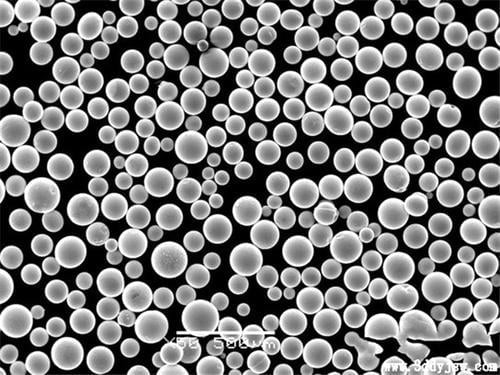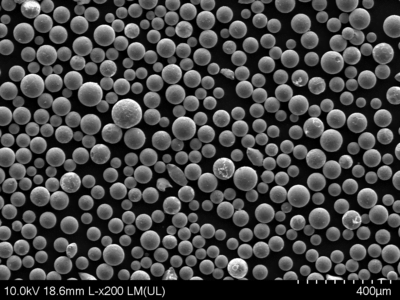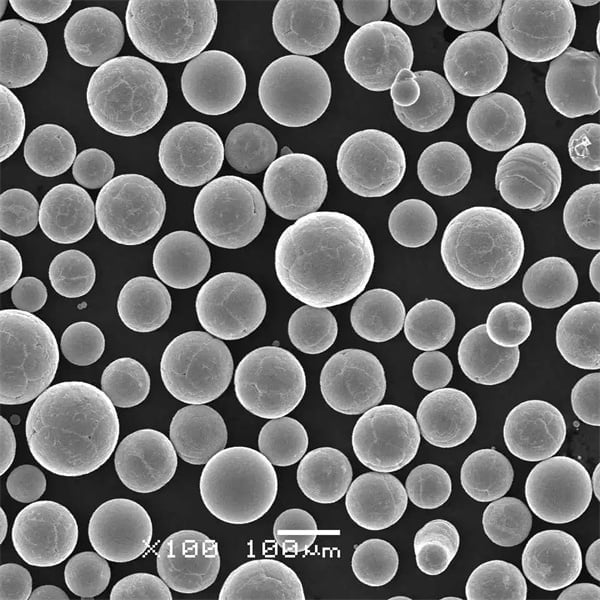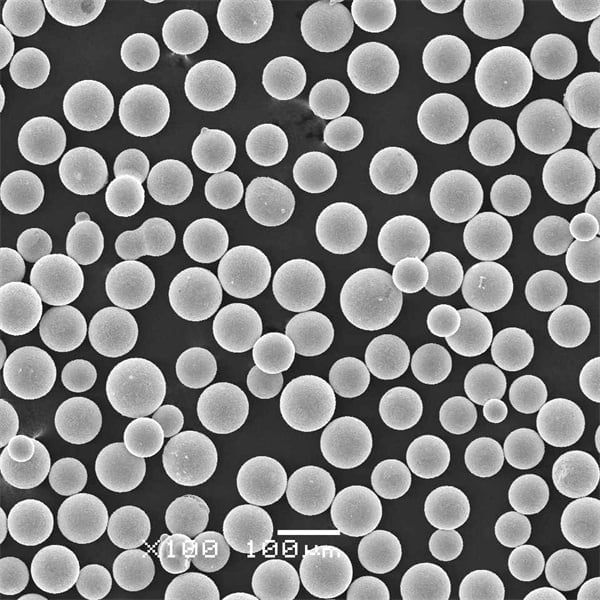Have you ever dreamt of building intricate metal objects straight out of a digital file? Well, that dream is now a reality with the advent of SLM 3D Printing Technology. Imagine skipping traditional metalworking methods like casting, machining, and welding, and instead, creating complex, high-performance metal parts layer by layer using a laser beam. Sounds like science fiction, right? But SLM is rapidly transforming the manufacturing landscape, revolutionizing how we design and produce everything from lightweight aerospace components to intricate medical implants.
Introduction to SLM 3D Printing Technology
SLM, also known as Direct Metal Laser Sintering (DMLS), belongs to a family of 3D printing processes called Powder Bed Fusion (PBF). Unlike filament-based 3D printing for plastics, SLM utilizes a bed of fine metal powder. A high-powered laser beam selectively melts the powder particles together, following a digital blueprint layer by layer, until the entire 3D object is built.

The Principle of SLM 3D Printing Technology
Here’s a breakdown of the magic that happens inside an SLM 3D printer:
- Data Slicing: The first step involves slicing a 3D CAD model into incredibly thin layers, typically ranging from 20 to 100 micrometers thick. Each layer represents a 2D cross-section of the final object.
- Powder Bed Preparation: A thin layer of metal powder is spread evenly across a platform using a blade or roller mechanism. This layer thickness corresponds to the slice thickness from the CAD model.
- Laser Melting: A high-powered laser beam scans the powder bed according to the 2D data for each layer. The laser melts the powder particles in designated areas, fusing them together to create the desired geometry.
- Layer by Layer Creation: After melting, the platform lowers by one layer thickness, and a new layer of powder is deposited. The laser then repeats the melting process on this new layer, fusing it to the previous one. This cycle continues until the entire 3D object is built, layer by layer.
- การประมวลผลหลัง: Once the printing is complete, the build platform is removed from the machine. The printed part may require support structures for removal, which are then carefully removed. Depending on the application, the part may also undergo additional finishing processes like heat treatment or machining for optimal surface quality and dimensional accuracy.
The Advantages of SLM 3D Printing Technology
SLM offers several compelling advantages over traditional metalworking methods:
- Design Freedom: Unlike traditional methods limited by subtractive processes (removing material), SLM allows for the creation of complex geometries with intricate internal features and lightweight lattice structures. This opens doors for innovative and highly functional designs.
- High-Performance Parts: SLM produces near-net-shape, fully dense metal parts with excellent mechanical properties comparable to wrought metals. This makes them ideal for demanding applications where strength, weight, and performance are critical.
- Rapid Prototyping and Customization: SLM allows for the quick production of functional prototypes, accelerating the design and development cycle. Additionally, it enables on-demand and customized metal parts, perfect for low-volume production needs.
- Material Efficiency: SLM utilizes only the necessary amount of metal powder, minimizing waste compared to subtractive processes. Un-melted powder can often be recycled and reused, further enhancing resource efficiency.






Applications of SLM 3D Printing Technology
SLM’s capabilities are making waves across various industries:
- การบินและอวกาศ: The ability to create lightweight, high-strength components like turbine blades and engine brackets makes SLM a game-changer in aerospace, leading to fuel efficiency improvements and performance optimization.
- การแพทย์: SLM is revolutionizing medical device manufacturing by enabling the creation of customized implants like prosthetics and dental bridges with excellent biocompatibility and precise fit.
- อุตสาหกรรมยานยนต์: SLM is paving the way for lighter, stronger car parts like gear housings and brake calipers, contributing to improved fuel efficiency and driving performance.
- Consumer Goods: SLM is finding its way into the production of high-end consumer goods like customized jewelry, sports equipment, and even bike frames, offering unique design possibilities and exceptional durability.
The Future Development Trends of SLM 3D Printing Technology
The future of SLM is bright, with ongoing research and development pushing the boundaries of this technology:
- Multi-Laser Systems: Machines equipped with multiple lasers are being developed to increase printing speed and productivity, making SLM more cost-competitive for larger-scale production runs. Imagine churning out complex metal parts at a significantly faster pace, opening doors for wider adoption across industries.
- Advanced Materials: Research is ongoing to expand the range of materials compatible with SLM. This includes exploring new metal alloys with even higher strength-to-weight ratios, improved corrosion resistance, and biocompatibility for advanced medical applications. Think of crafting medical implants that perfectly match a patient’s bone structure or creating aerospace components that can withstand extreme temperatures and harsh environments.
- Software Advancements: The development of more sophisticated software for SLM is crucial. This includes improved simulation tools for predicting build behavior, minimizing distortion, and optimizing support structures. Additionally, advancements in design software specifically tailored for SLM can further unlock the potential for creating intricate and highly functional metal parts.
- Sustainability Considerations: The environmental impact of SLM is a growing focus. Research is underway to develop more efficient powder handling systems and recycling processes to minimize waste and resource consumption. Imagine a future where SLM becomes an even more sustainable manufacturing option, contributing to a circular economy.
Challenges and Considerations for SLM 3D Printing Technology
While SLM offers incredible potential, there are challenges to consider:
- High Cost: SLM machines and metal powders can be expensive, making this technology less accessible for smaller companies or prototyping applications compared to traditional methods. As the technology matures and adoption widens, we can expect a decrease in costs, but for now, it’s a significant investment.
- Machine Complexity: Operating and maintaining SLM machines requires skilled personnel with a deep understanding of the technology and metalworking principles. This can be a hurdle for companies looking to integrate SLM into their production lines.
- Surface Roughness: SLM-printed parts can exhibit a slightly rough surface finish compared to traditionally machined parts. While post-processing techniques can improve surface quality, it adds to the overall production time and cost.
- Part Size Limitations: Current SLM machines have limitations on the size of parts they can produce. While advancements are being made, very large metal components might still be better suited for traditional manufacturing methods.
Choosing Between SLM and Other Metalworking Techniques
The decision to use SLM depends on several factors:
- Part Complexity: For intricate geometries with internal features, SLM offers unparalleled design freedom compared to subtractive processes like machining.
- Production Volume: For high-volume production runs, traditional methods like casting might be more cost-effective. However, SLM shines for low-volume, customized parts or rapid prototyping needs.
- Material Requirements: The type of metal and its desired properties will influence the choice. SLM offers a growing range of materials, but traditional methods might still have a wider selection for specific applications.
- Part Performance: For applications requiring high-strength, lightweight parts with complex geometries, SLM is a compelling option. However, for simpler parts where strength isn’t a major concern, traditional methods might suffice.

คำถามพบบ่อย
Here are some of the most common questions about SLM technology, answered in a clear and concise format:
| Question | Answer |
|---|---|
| What types of metals can be used in SLM? | A wide range of metals are compatible with SLM, including stainless steel, titanium, aluminum alloys, nickel alloys, and even precious metals like gold and platinum. |
| How strong are SLM-printed parts? | SLM-printed parts can achieve excellent mechanical properties comparable to wrought metals. Their strength depends on the chosen material, but they can be incredibly strong and durable. |
| Is SLM safe? | SLM printing involves high-powered lasers and metal powders, so proper safety precautions are essential. This includes wearing protective gear and ensuring proper ventilation to avoid exposure to dust particles. |
| What are the surface finishing options for SLM parts? | SLM parts can be post-processed with various techniques like sandblasting, polishing, and machining to achieve the desired surface finish and dimensional accuracy. |
| How does SLM compare to other 3D printing technologies for metal? | Other metal 3D printing methods like binder jetting or metal deposition exist. |
About 3DP mETAL
Product Category
ติดต่อเรา
มีคำถามอะไรไหม? ส่งข้อความมาเดี๋ยวนี้! หลังจากที่ได้รับข้อความแล้ว เราจะประมวลผลคำขอของคุณพร้อมทีมงานทั้งหมด
